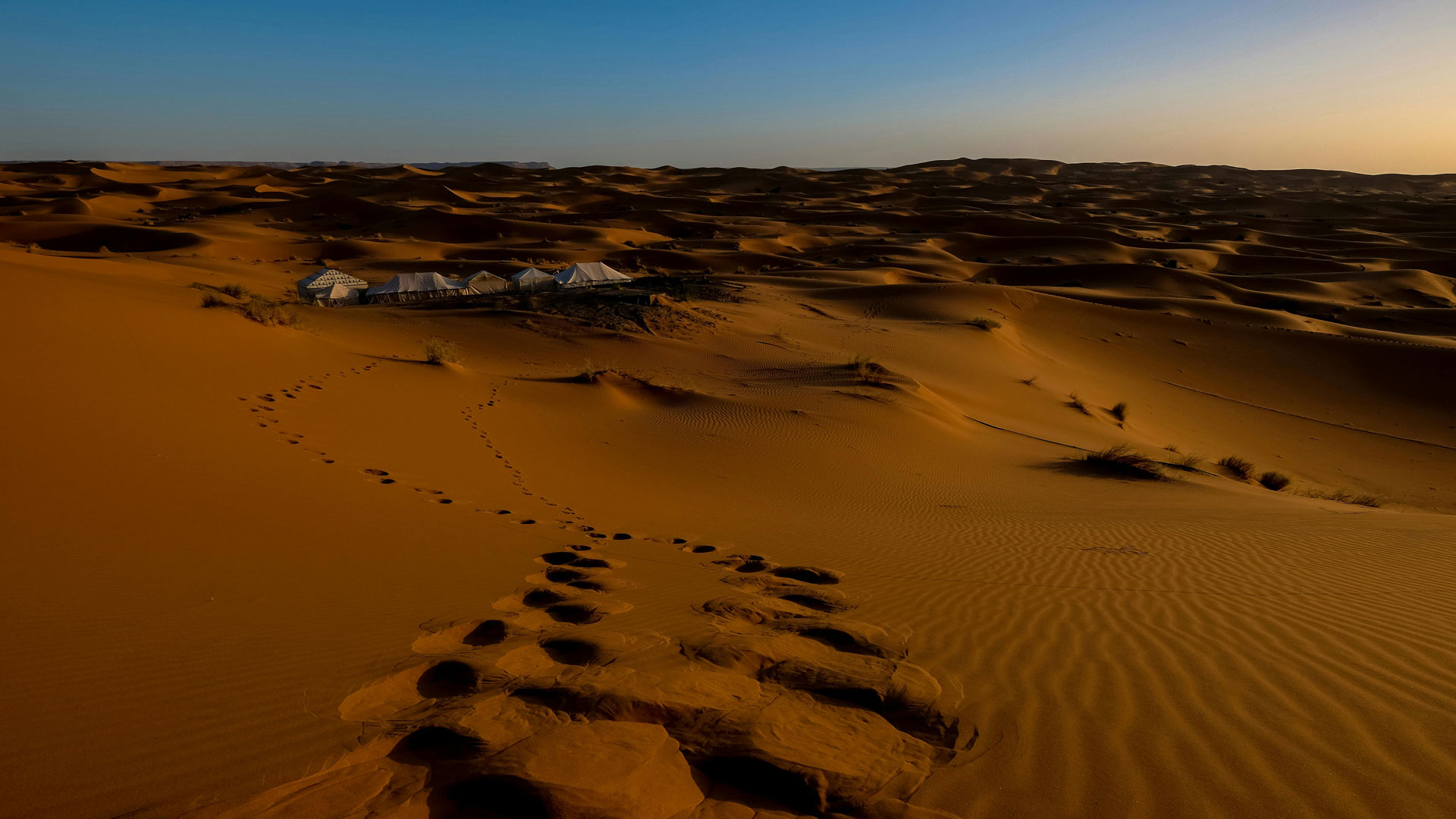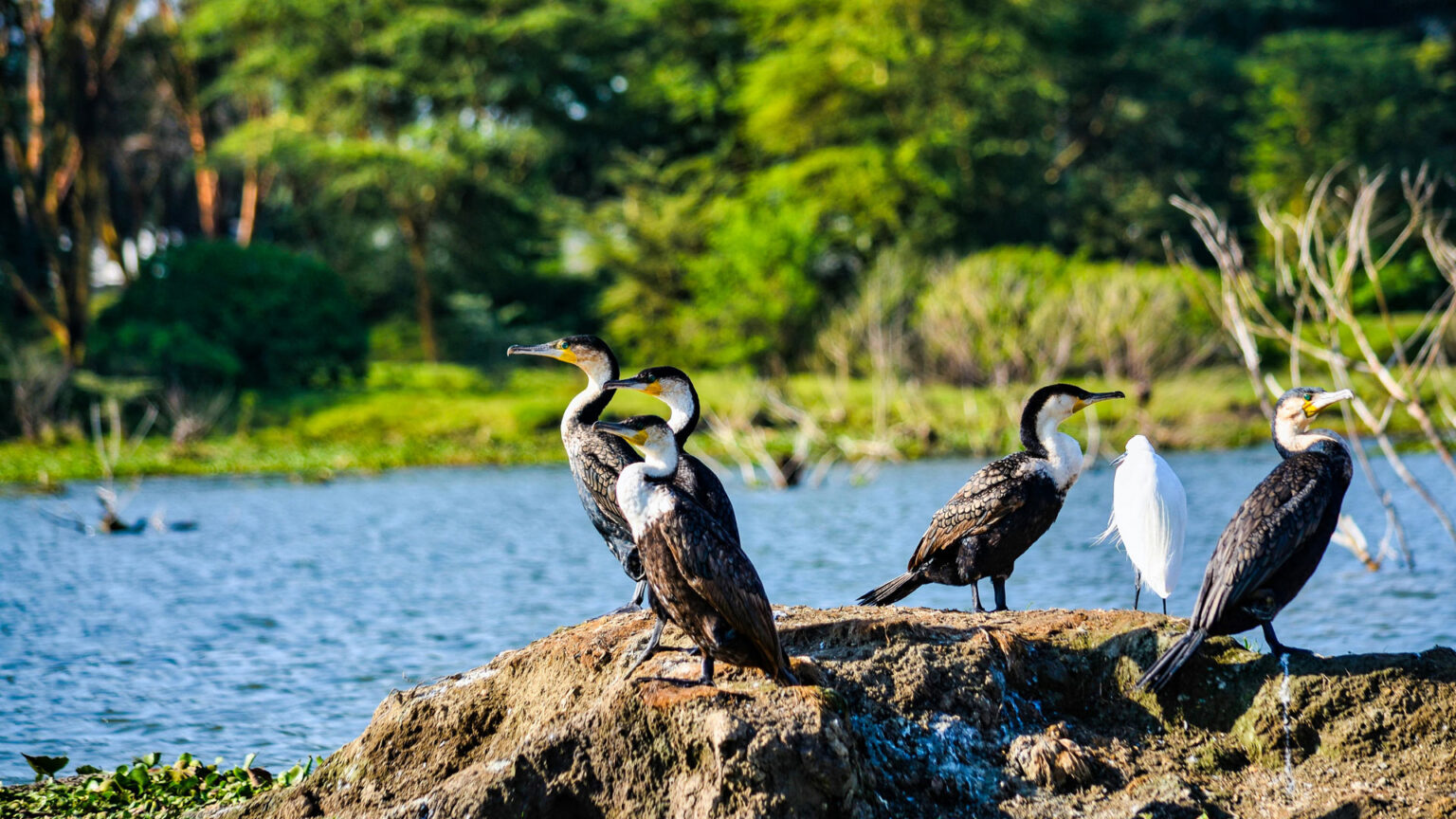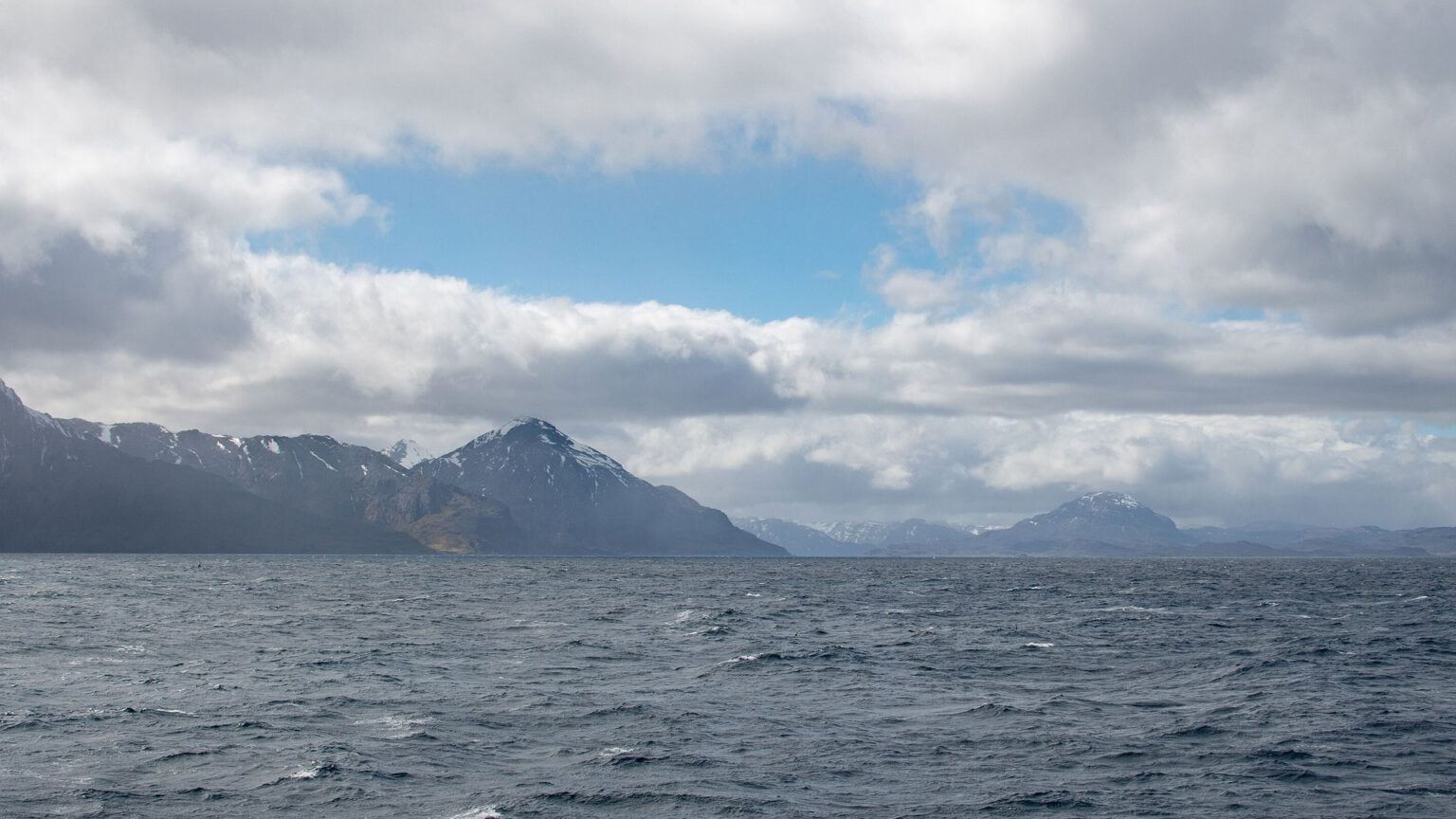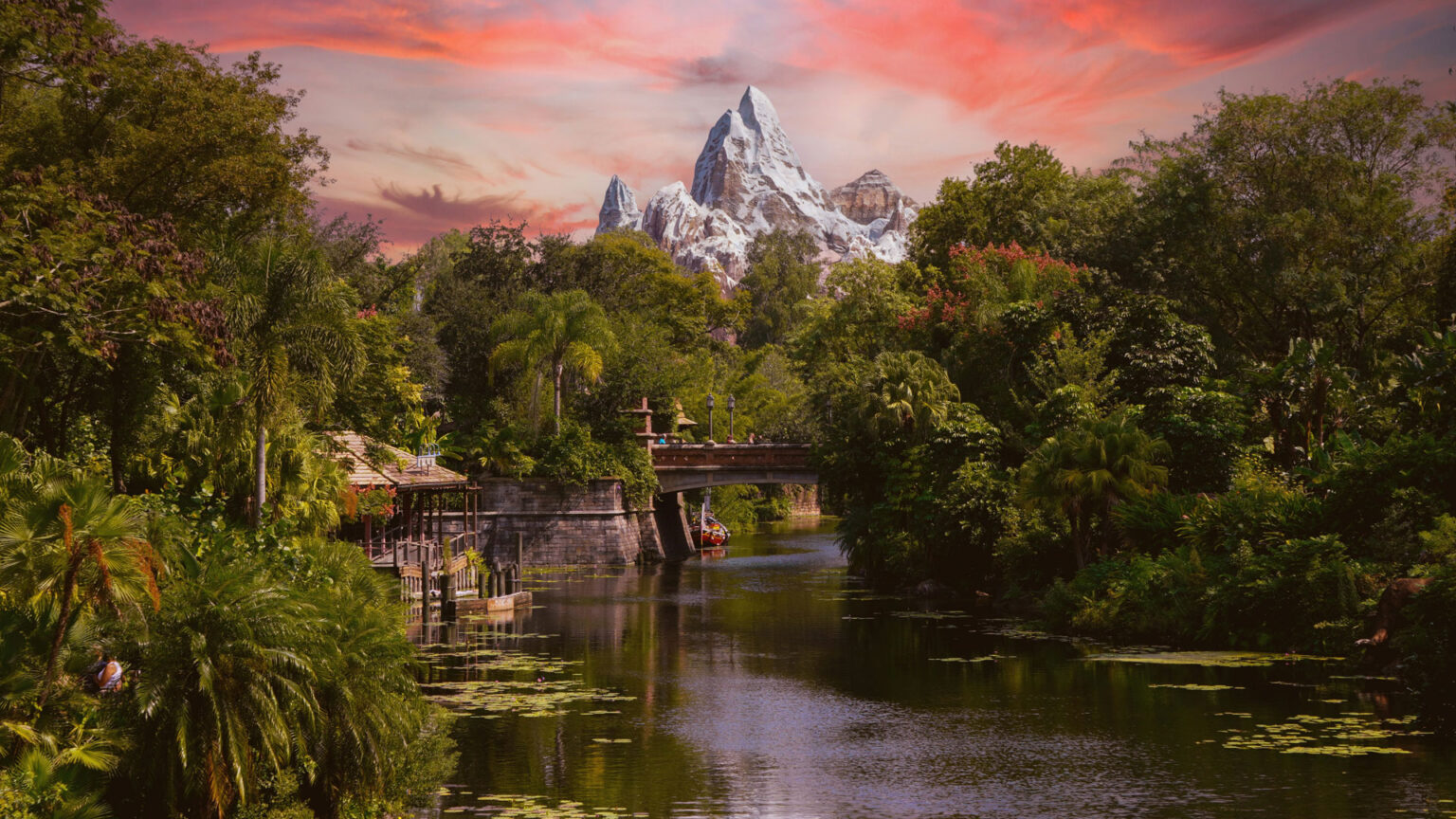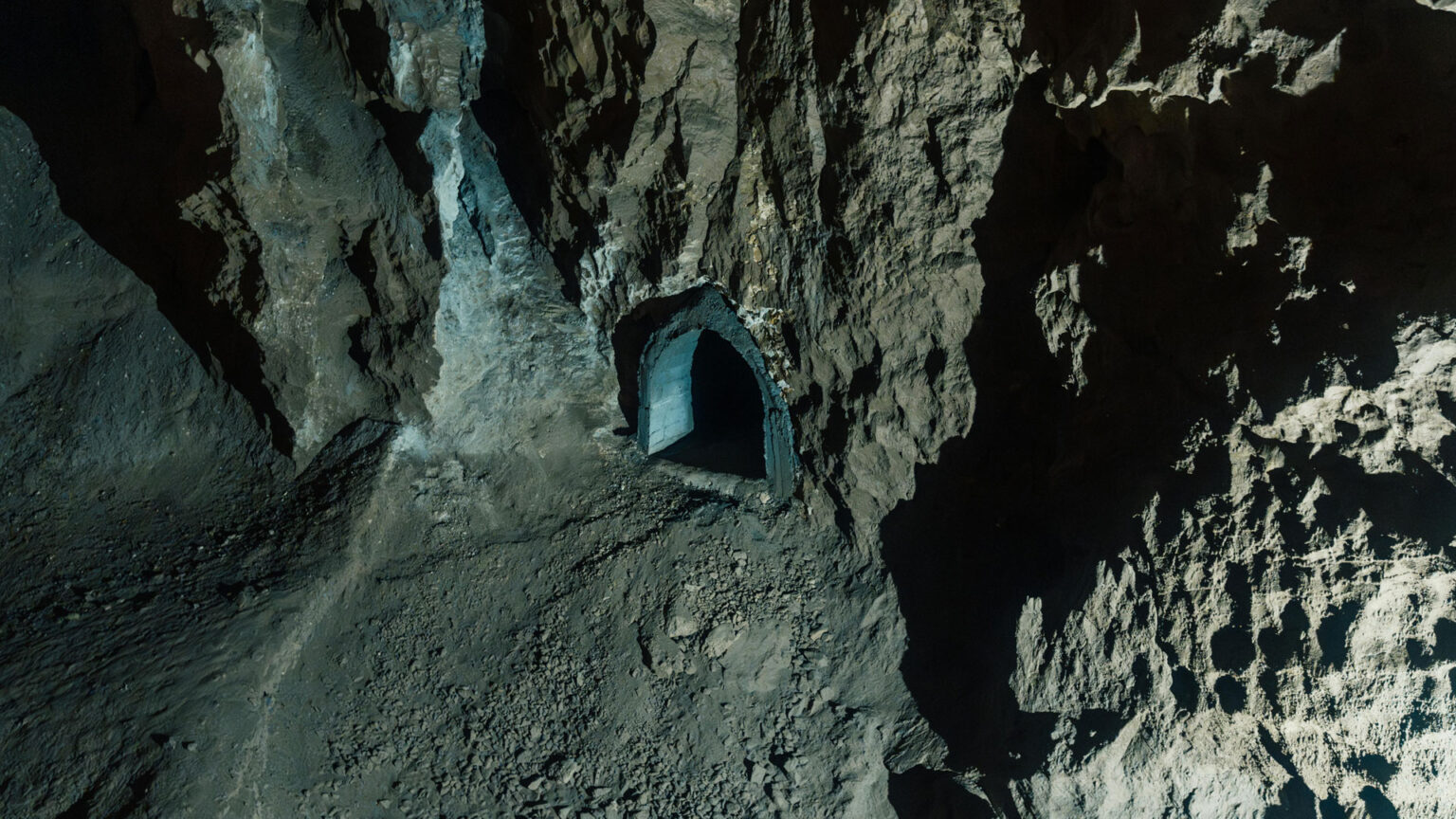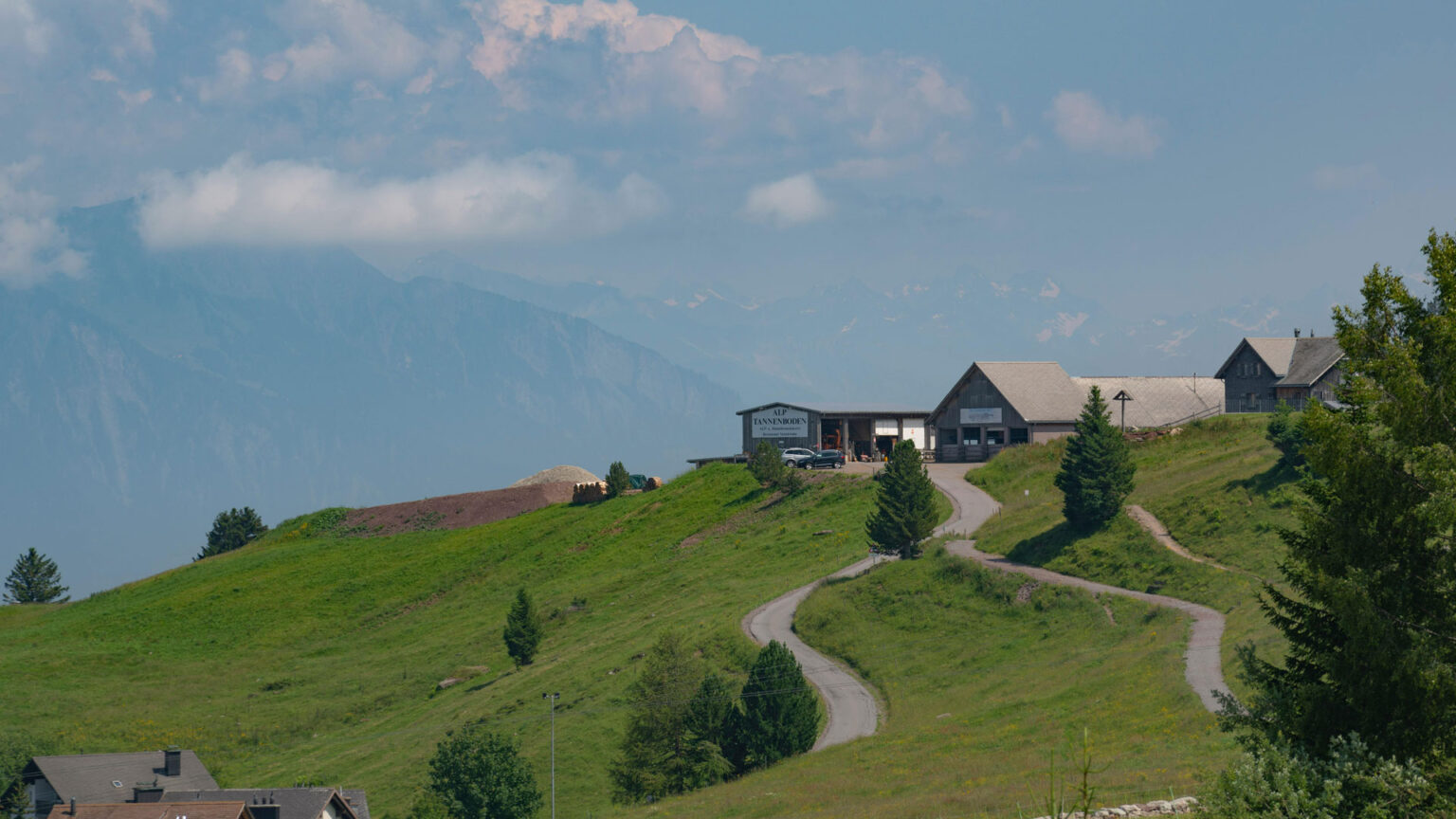Unseen Wonders of Africa: A Hidden Continent
Africa, the cradle of humanity, is a continent of breathtaking diversity, boasting 55 countries, over 2,000 languages, and 3,000 ethnic groups. From the snow-capped peaks of Mount Kilimanjaro to the scorching dunes of the Sahara Desert, Africa’s landscapes are as varied as they are awe-inspiring. The continent’s rich cultural heritage spans millennia, with ancient civilizations, vibrant traditions, and resilient people.
Africa’s diverse landscapes are a testament to the continent’s incredible natural beauty. The majestic Victoria Falls, located on the border of Zambia and Zimbabwe, is one of the world’s most spectacular waterfalls. The Serengeti National Park in Tanzania is renowned for its annual Great Migration, where millions of wildebeests, zebras, and gazelles traverse the endless plains. The continent’s unique geological features, such as the Okavango Delta in Botswana and the Tsingy de Bemaraha in Madagascar, are UNESCO World Heritage Sites.
Despite its incredible diversity, Africa remains a mystery to many travelers. Popular destinations like Egypt’s Pyramids, South Africa’s Cape Town, and Morocco’s Marrakech often overshadow the continent’s hidden gems. However, venturing beyond these familiar destinations reveals a treasure trove of unseen wonders waiting to be discovered.
The importance of exploring beyond popular tourist destinations cannot be overstated. By venturing off-the-beaten-path, travelers can:
- Experience authentic African cultures, untouched by mass tourism.
- Discover unique landscapes, unspoiled by human development.
- Support local economies and communities.
- Encounter vibrant traditions, festivals, and celebrations.
- Uncover hidden historical sites, ancient ruins, and cultural artifacts.
In this article, we’ll delve into the unseen wonders of Africa, exploring the continent’s natural marvels, cultural heritage, and off-the-beaten-path destinations. From the majestic Victoria Falls to the ancient city of Timbuktu, we’ll uncover the secrets that make Africa a traveler’s paradise.
Thesis Statement: Africa holds many unseen wonders waiting to be discovered, and exploring beyond popular tourist destinations reveals a continent rich in natural beauty, cultural heritage, and hidden gems.
Natural Wonders
Africa’s natural wonders are awe-inspiring, shaping the continent’s diverse landscapes and ecosystems. From majestic waterfalls to snow-capped mountains, Africa’s natural beauty is unparalleled.
Victoria Falls: The Mighty Waterfall’s Majestic Beauty
Located on the border of Zambia and Zimbabwe, Victoria Falls is one of the world’s most spectacular waterfalls. The falls’ sheer force creates a misty veil that rises high into the air, earning it the local name “Mosi-oa-Tunya” or “The Smoke that Thunders.” The falls’ majestic beauty is a testament to Africa’s incredible natural power.
The falls are surrounded by lush tropical rainforest, with vibrant vegetation and exotic wildlife. Visitors can hike to the falls’ edge, take a scenic flight, or white-water raft down the Zambezi River. The falls’ spray creates a perpetual rainbow, adding to the breathtaking scenery.
Mount Kilimanjaro: Africa’s Highest Peak and Scenic Trekking Routes
Tanzania’s Mount Kilimanjaro, Africa’s highest peak, offers breathtaking trekking routes and stunning vistas. The mountain’s unique ecosystem supports a variety of flora and fauna, making it a haven for nature enthusiasts. Climbing Kilimanjaro is a once-in-a-lifetime experience, with sunrise views from the summit that leave trekkers in awe.
The mountain’s snow-capped peak rises above the surrounding savannah, creating a dramatic contrast. Trekkers can choose from several routes, including the popular Marangu Route and the more challenging Machame Route. The mountain’s lower slopes are home to lush forests, while the upper slopes are barren and rugged.
Okavango Delta: Botswana’s Stunning Watery Landscape
Botswana’s Okavango Delta is a watery wonderland, with intricate channels, lagoons, and islands. This UNESCO World Heritage Site supports an incredible array of wildlife, including elephants, crocodiles, and hippos. Exploring the delta by boat or mokoro (traditional canoe) reveals the region’s serene beauty.
The delta’s unique ecosystem is shaped by the Okavango River, which flows into the Kalahari Desert. The resulting landscape is a maze of waterways, with papyrus and reeds lining the channels. Visitors can spot a wide variety of birdlife, including eagles, storks, and kingfishers.
Sahara Desert: Endless Dunes and Starry Night Skies
The Sahara Desert, covering much of North Africa, is a vast expanse of endless dunes and starry night skies. The desert’s sheer scale and beauty are humbling, with towering sand dunes that stretch as far as the eye can see. Camel treks and desert camps offer a glimpse into the nomadic lifestyle of the Tuareg and Berber people.
The Sahara’s extreme climate supports a surprising array of wildlife, including fennec foxes, dorcas gazelles, and Barbary macaques. Visitors can explore the desert’s vast expanses, visit ancient oases, and marvel at the stunning sunsets.
Ngorongoro Crater: Tanzania’s Breathtaking Conservation Area
Tanzania’s Ngorongoro Crater, the world’s largest intact caldera, is a breathtaking conservation area. The crater’s unique ecosystem supports an incredible array of wildlife, including the Big Five (lion, elephant, buffalo, leopard, and rhinoceros). Game drives and hiking excursions reveal the crater’s stunning natural beauty.
The crater’s floor is home to several lakes, including Lake Magadi and Lake Ndutu. Visitors can spot a wide variety of birdlife, including flamingos, pelicans, and eagles. The crater’s surrounding hills offer stunning views of the surrounding landscape.
Cultural Heritage: Unseen Wonders of Africa
Unseen Wonders of Africa are not limited to natural marvels; the continent is also home to a rich cultural heritage that spans millennia. From ancient cities to medieval marvels, Africa’s cultural landscape is as diverse as it is fascinating. The continent’s complex history has given birth to vibrant traditions, stunning architecture, and resilient people.
Timbuktu: Ancient City of Gold and Islamic Scholarship
Located in Mali, Timbuktu is an ancient city of gold and Islamic scholarship that has captivated travelers for centuries. This UNESCO World Heritage Site was once a major center of trade and learning, attracting scholars and merchants from across the Sahara. Timbuktu’s iconic architecture, including the Djingareyber Mosque and the Ahmed Baba Library, reflects its rich cultural heritage.
The city’s storied past is evident in its crumbling buildings, vibrant markets, and resilient people. Visitors can explore the city’s narrow streets, visit ancient mosques, and marvel at the stunning architecture. The city’s famous manuscripts, written in Arabic and African languages, are a testament to Timbuktu’s scholarly past.
Timbuktu’s cultural significance extends beyond its architecture and manuscripts. The city’s music, art, and craftsmanship are vibrant expressions of African culture. Visitors can attend a traditional Tuareg concert, watch artisans weave intricate textiles, or sample local cuisine.
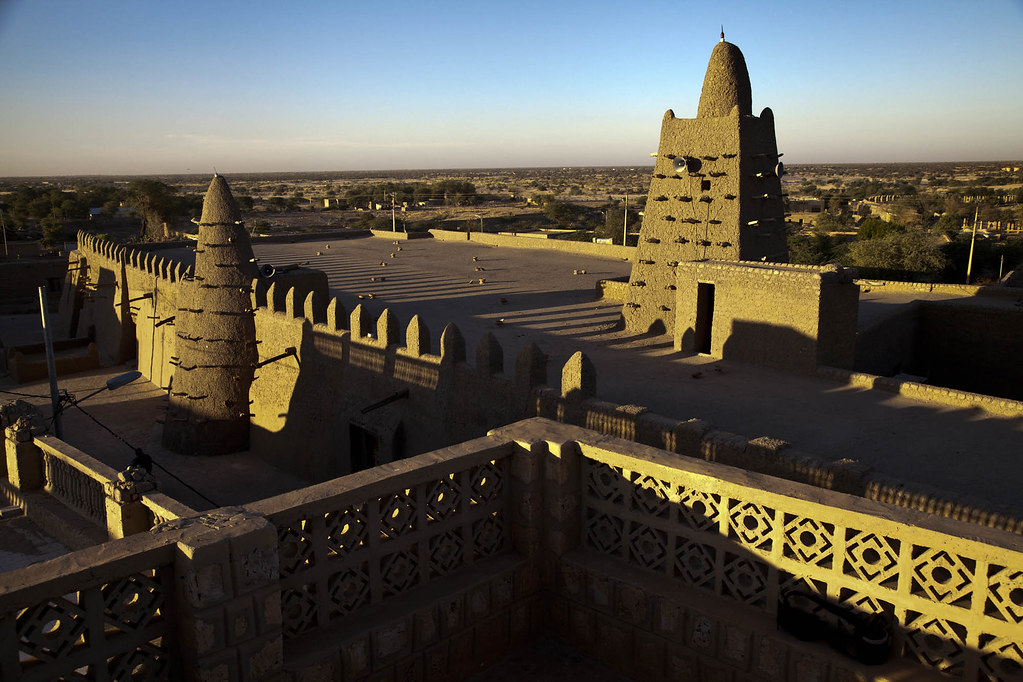
Pyramids of Giza: Egypt’s Iconic Ancient Wonder
Egypt’s Pyramids of Giza are an iconic ancient wonder, and one of the Seven Wonders of the Ancient World. The pyramids’ sheer scale and precision engineering are awe-inspiring, reflecting the advanced knowledge of ancient Egyptian architects. The largest pyramid, the Great Pyramid of Khufu, is an astonishing 481 feet tall.
The pyramids’ construction is a testament to ancient Egyptian ingenuity. The pyramids took decades to build, requiring thousands of skilled laborers and advanced engineering techniques. Visitors can explore the pyramids’ intricate hieroglyphics, visit the nearby Sphinx, and marvel at the stunning sunset views.
The Pyramids of Giza are not just ancient relics; they are also a vibrant cultural hub. Visitors can attend a sound and light show, explore the nearby museum, or take a camel ride around the pyramids.
Rock-Hewn Churches of Lalibela: Ethiopia’s Medieval Marvel
Ethiopia’s Rock-Hewn Churches of Lalibela are a medieval marvel, carved into the rugged rock face. This UNESCO World Heritage Site is a testament to Ethiopia’s rich Christian heritage, with 11 churches and numerous shrines. The churches’ intricate carvings and stunning architecture reflect the country’s unique cultural blend.
The churches were built in the 12th century, during the reign of King Lalibela. The king’s vision was to create a “New Jerusalem” in Ethiopia, a sacred city that would attract pilgrims from across Africa. Visitors can explore the churches, attend a traditional service, and marvel at the breathtaking scenery.
Lalibela’s cultural significance extends beyond its architecture. The town is a vibrant center of Ethiopian culture, with traditional music, art, and craftsmanship. Visitors can attend a traditional coffee ceremony, watch artisans weave intricate textiles, or sample local cuisine.
Great Zimbabwe Ruins: Ancient City of Stone and Mystery
Zimbabwe’s Great Zimbabwe Ruins are an ancient city of stone and mystery, built between the 11th and 15th centuries. This UNESCO World Heritage Site was once the capital of the Kingdom of Zimbabwe, with imposing stone structures and intricate carvings.
The ruins’ sheer scale and complexity are awe-inspiring, reflecting the advanced knowledge of ancient Zimbabwean architects. Visitors can explore the ruins, visit the nearby museum, and marvel at the stunning scenery. The ruins’ mysterious past is shrouded in legend, with stories of ancient kings and queens.
The Great Zimbabwe Ruins are not just ancient relics; they are also a vibrant cultural hub. Visitors can attend a traditional dance performance, explore the nearby village, or take a guided tour of the ruins.
Marrakech Medina: Morocco’s Vibrant Marketplace and Cultural Hub
Morocco’s Marrakech Medina is a vibrant marketplace and cultural hub, with colorful souks, stunning architecture, and rich cultural heritage. Visitors can explore the medina’s narrow streets, visit ancient mosques, and marvel at the stunning Bahia Palace.
The medina’s vibrant atmosphere is infectious, with snake charmers, musicians, and merchants vying for attention. Visitors can sample local cuisine, including tagines and couscous, and browse the bustling markets. The medina’s cultural significance extends beyond its architecture and markets; it is a living
Hidden Gems: Uncovering Africa’s Best-Kept Secrets
Beyond the continent’s iconic landmarks and popular destinations lies a treasure trove of hidden gems waiting to be discovered. These off-the-beaten-path locations offer a glimpse into Africa’s rich cultural heritage, stunning natural beauty, and resilient people.
Gorée Island: Senegal’s Historic Slave Trade and Vibrant Art Scene
Located off the coast of Senegal, Gorée Island is a historic gem that played a significant role in the transatlantic slave trade. This UNESCO World Heritage Site is home to the infamous House of Slaves, a poignant reminder of Africa’s painful past.
However, Gorée Island is more than just a somber reminder of history. The island is also a vibrant art scene, with colorful buildings, quaint streets, and numerous galleries showcasing local artists’ work. Visitors can explore the island’s historic architecture, attend a traditional music performance, or sample local seafood.

Tsingy de Bemaraha: Madagascar’s Unique Limestone Karst Landscape
Madagascar’s Tsingy de Bemaraha is a unique limestone karst landscape that defies description. This UNESCO World Heritage Site is characterized by a network of razor-sharp peaks, canyons, and forests.
Visitors can explore the park’s stunning scenery via a network of ladders, ropes, and bridges. The park is home to a diverse array of flora and fauna, including lemurs, fossa (Madagascar’s top predator), and numerous bird species.
Tsingy de Bemaraha’s cultural significance extends beyond its natural beauty. The park is home to several traditional villages, where visitors can learn about local customs and traditions.
Togo’s Tamberma Valley: Ancient Villages and Traditional Culture
Togo’s Tamberma Valley is a hidden gem that offers a glimpse into traditional African culture. The valley is home to ancient villages, including the famous Tamberma villages, which are built into the sides of hills.
Visitors can explore the villages, attend a traditional ceremony, or learn about local customs and traditions. The valley’s stunning scenery, including rolling hills and verdant forests, makes it an ideal destination for hiking and trekking.
The Tamberma people’s rich cultural heritage is evident in their intricate architecture, vibrant art, and colorful clothing.
Rwenzori Mountains: Uganda’s Scenic Hiking Trails and Glacial Lakes
Uganda’s Rwenzori Mountains are a hidden gem for outdoor enthusiasts. The mountains offer scenic hiking trails, glacial lakes, and stunning views of the surrounding landscape.
Visitors can hike to the summit of Mount Stanley, explore the mountains’ unique flora and fauna, or take a guided trek through the mountains’ scenic trails.
The Rwenzori Mountains’ cultural significance extends beyond their natural beauty. The mountains are home to several traditional villages, where visitors can learn about local customs and traditions.
Benin’s Ganvie Stilt Village: Ancient Fishing Community on Stilts
Benin’s Ganvie Stilt Village is an ancient fishing community built on stilts. This UNESCO World Heritage Site is a testament to African ingenuity and adaptability.
Visitors can explore the village, attend a traditional fishing ceremony, or learn about local customs and traditions. The village’s stunning scenery, including the surrounding lagoon and mangrove forests, makes it an ideal destination for birdwatching and boating.
Off-the-Beaten-Path Destinations: Exploring Africa’s Uncharted Territories
Venturing off the beaten path reveals a side of Africa few travelers experience. These uncharted territories offer breathtaking landscapes, unique wildlife, and unforgettable cultural encounters. From the rugged coastlines to the scenic lakes, Africa’s off-the-beaten-path destinations are a treasure trove of hidden gems waiting to be discovered.
Djoudj National Bird Sanctuary: Senegal’s Avian Paradise
Located in the Senegal River Delta, Djoudj National Bird Sanctuary is a haven for bird enthusiasts. This UNESCO World Heritage Site is home to over 1 million birds from 400 species, including pelicans, flamingos, and eagles. The sanctuary’s diverse avifauna is due to its unique location, where the Senegal River meets the Atlantic Ocean.
Visitors can explore the sanctuary’s winding waterways, mangrove forests, and sandy dunes by boat or on foot. Guided tours provide insight into the sanctuary’s ecosystem and the importance of conservation efforts. The sanctuary’s tranquil atmosphere makes it an ideal destination for nature lovers and photographers.
The Djoudj National Bird Sanctuary plays a crucial role in protecting migratory bird species. The sanctuary’s conservation efforts include habitat preservation, research programs, and community engagement.

Lake Turkana: Kenya’s Rugged and Scenic Lake
Lake Turkana, located in northwestern Kenya, is a rugged and scenic destination. This UNESCO World Heritage Site is the world’s largest permanent desert lake, stretching 250 kilometers in length. The lake’s unique geological features include fossilized crocodiles and ancient rock art.
Visitors can explore the lake’s scenic shoreline, volcanic islands, and surrounding mountains. Boat tours provide stunning views of the lake’s turquoise waters and sandy beaches. The lake’s remote location makes it an ideal destination for adventure seekers and those seeking solitude.
Lake Turkana’s cultural significance extends beyond its natural beauty. The lake is home to several traditional communities, including the Turkana people, who have lived in harmony with the lake’s ecosystem for centuries.
The lake’s unique ecosystem supports a diverse array of wildlife, including crocodiles, hippos, and over 300 bird species.
Congo’s Virunga National Park: Home to Mountain Gorillas and Volcanoes
Virunga National Park, located in the Democratic Republic of Congo, is home to mountain gorillas, active volcanoes, and diverse wildlife. This UNESCO World Heritage Site is one of the most biodiverse places on Earth.
Visitors can trek to see mountain gorillas, climb Mount Nyiragongo, or explore the park’s lush rainforests. Guided tours provide insight into the park’s unique ecosystem and conservation efforts. The park’s stunning scenery, including lakes, waterfalls, and glaciers.
Virunga National Park’s conservation efforts are crucial to protecting endangered species, including mountain gorillas, chimpanzees, and okapi.
The park’s unique ecosystem supports a diverse array of wildlife, including elephants, lions, and over 700 bird species.
Namibia’s Skeleton Coast: Hauntingly Beautiful Coastline
Namibia’s Skeleton Coast is a hauntingly beautiful destination. This rugged coastline is characterized by shipwrecks, rugged cliffs, and vast expanses of sand. The coastline’s unique geological features include the iconic Skeleton Coast National Park.
Visitors can explore the coast’s unique ecosystems, including fog-shrouded beaches and rocky outcrops. Guided tours provide insight into the coast’s history and conservation efforts.
The Skeleton Coast’s cultural significance extends beyond its natural beauty. The coast is home to several traditional communities.
The coast’s unique ecosystem supports a diverse array of wildlife, including seals, dolphins, and over 200 bird species.
Guinea-Bissau’s Orango National Park: Unspoiled Island Wilderness
Orango National Park, located in Guinea-Bissau, is an unspoiled island wilderness. This UNESCO Biosphere Reserve is home to mangrove forests, sandy beaches, and diverse wildlife.
Visitors can explore the park’s unique ecosystems, including saltwater lagoons and savannahs. Guided tours provide insight into the park’s conservation efforts.
Orango National Park’s conservation efforts are crucial to protecting the island’s fragile ecosystem.
The park’s unique ecosystem supports a diverse array of wildlife, including hippos, chimpanzees, and over 200 bird species.
Conclusion: Unveiling the Hidden Continent
Africa, the cradle of humanity, holds secrets and wonders waiting to be uncovered. Beyond the iconic landmarks and popular destinations lies a hidden continent, ripe for exploration.
Recap of Africa’s Unseen Wonders
From the ancient city of Timbuktu to the rugged coastline of Namibia’s Skeleton Coast, we’ve journeyed through Africa’s unseen wonders. We’ve discovered:
- The cultural heritage of Gorée Island and Marrakech Medina
- The natural beauty of Tsingy de Bemaraha and Lake Turkana
- The vibrant art scene of Senegal’s Djoudj National Bird Sanctuary
- The majestic mountain gorillas of Virunga National Park
- The unspoiled island wilderness of Guinea-Bissau’s Orango National Park
Call to Action: Explore Beyond Popular Destinations
As we conclude our journey, we invite you to venture beyond the beaten path. Explore the hidden gems, immerse yourself in local cultures, and discover the unseen wonders of Africa.
- Plan your next adventure to one of these off-the-beaten-path destinations
- Support local communities and conservation efforts
- Share your experiences and inspire others to explore Africa’s hidden continent
Final Thoughts: Africa’s Hidden Continent Awaits Discovery
Africa’s unseen wonders are a testament to the continent’s diversity, resilience, and beauty. As we uncover these hidden gems, we begin to appreciate the complexity and richness of African cultures and landscapes.
The journey doesn’t end here. Africa’s hidden continent awaits discovery, inviting you to explore, experience, and uncover its secrets.
